The annual RAP Impact report describes the substantial cumulative impact of the RAP program’s activity across all walks of Australian life.
Reconciliation Australia’s annual RAP Impact Report shows the substantial cumulative impact of the Reconciliation Action Plan (RAP) program’s activity across Australian workplaces, institutions, sporting clubs, faith groups and not-for-profits.
The influence of RAPs continues to spread across sectors and geographic locations.
- 5,404,826 people now work in, study at, or are members of an organisation with a RAP.
- Aboriginal and Torres Strait Islander people in executive leadership positions in RAP organisations increased to 574.
- Aboriginal and Torres Strait Islander people on boards increased to 606.
The report highlights how RAPs are informing more Australians than ever about the complexity of First Nations history, cultures, and knowledge systems.
- 23,268 employees of RAP organisations participated in cultural immersion 118,049 in face-to-face cultural learning, and 701,239 participated in online cultural learning.
- RAPs continue to influence organisational outcomes with 79% of RAP organisations changing core internal processes and/or policies because of their RAP. A further 73% of organisations have changed external facing services and/or practices because of their RAP.
- RAPS continue to strengthen relationships with 18,588 formal and informal partnerships existing between RAP organisations and Aboriginal and Torres Strait Islander organisations.
And RAPs are providing both employment and economic opportunities for First Nations peoples:
- 76,953 Aboriginal and Torres Strait Islander people were employed by an organisation with a RAP.
- More than $3.5 billion worth of goods and services were procured by RAP organisations from Aboriginal and Torres Strait Islander-owned businesses.
Read the 2023 RAP Impact report.
To better understand why RAPs are increasingly important in post-Voice referendum Australia, read about what’s next in the future of the RAP program.



